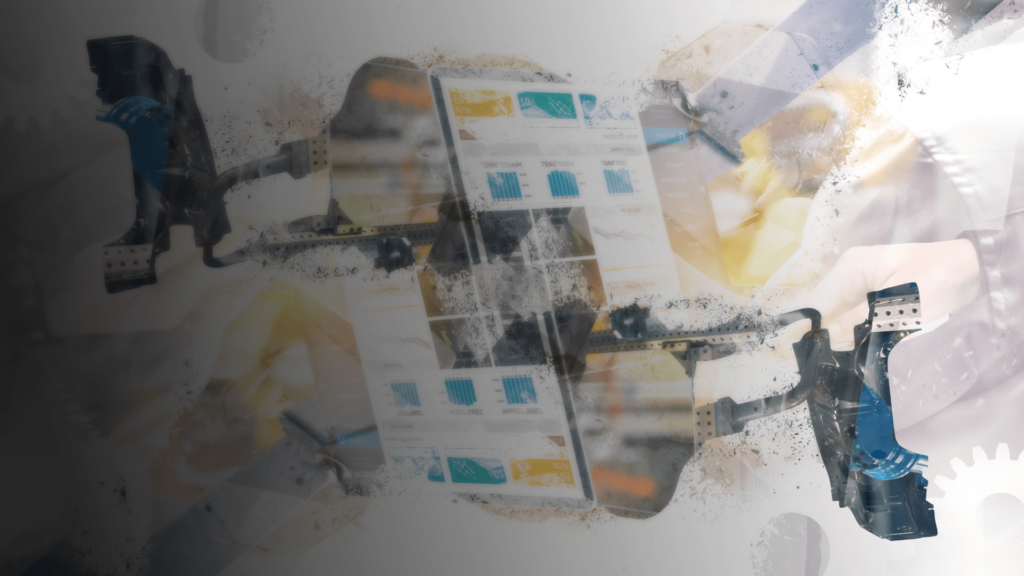Advanced Technologies & Insights
Embedded software developers have always been captivated by the ever-evolving landscape of automotive technology. The rapid advancements in connectivity have paved the way for a revolutionary concept known as Vehicle-to-Everything (V2X) communication. In this article, we want to share practical insights on V2X communication, shedding light on its potential impact on road safety, traffic efficiency, and the overall driving experience.
Understanding V2X Communication
V2X communication refers to the exchange of critical information between vehicles (V2V), infrastructure (V2I), pedestrians (V2P), and other road users (V2N). It enables real-time communication, leveraging various wireless technologies such as Dedicated Short-Range Communications (DSRC) and Cellular Vehicle-to-Everything (C-V2X). This interconnectedness empowers vehicles to exchange vital data, improving safety and efficiency and enabling new applications.
These different forms of V2X communication rely on wireless technologies such as Dedicated Short-Range Communications (DSRC) and Cellular Vehicle-to-Everything (C-V2X). DSRC utilizes a dedicated radio spectrum, while C-V2X leverages existing cellular networks for communication. Both technologies have their advantages and are being adopted by various stakeholders in the automotive industry.
The underlying infrastructure supporting V2X communication involves a combination of onboard vehicle units (OBUs), roadside units (RSUs), and network connectivity. OBUs are installed in vehicles and facilitate the exchange of information, while RSUs are deployed in strategic locations to provide localized information and enhance communication with vehicles. The network’s connectivity ensures the seamless transmission of data between different entities involved in V2X communication.
In a nutshell, V2X communication encompasses various forms of connectivity between vehicles, infrastructure, pedestrians, and network services. By enabling real-time data exchange and communication, V2X holds immense potential to improve road safety, optimize traffic efficiency, and unlock innovative applications that enhance the overall driving experience.
Enhancing Road Safety
One of the key objectives of V2X communication is to enhance road safety. By enabling vehicles to communicate with each other and the surrounding environment, potential hazards and risks can be detected and addressed promptly.
For instance, in a V2V scenario, if a vehicle ahead applies emergency breaking, it can instantly transmit this information to nearby vehicles, triggering warning systems and helping to prevent chain-reaction collisions. This real-time exchange of information has the potential to save countless lives and significantly reduce accidents on the roads.
Optimizing Traffic Efficiency
V2X communication also holds immense potential for optimizing traffic flow and reducing congestion. With V2I capabilities, vehicles can communicate with traffic signals, road infrastructure, and centralized traffic management systems. This connectivity empowers vehicles to receive real-time information about traffic conditions, roadwork, and congestion.
By leveraging this data, drivers can make informed decisions, choose optimal routes, and adapt their driving behavior accordingly. This not only improves individual driving experiences but also enhances the overall traffic flow, reducing travel time and minimizing fuel consumption.
Enabling New Applications
Beyond safety and traffic efficiency, V2X communication opens the door to a wide array of innovative applications. For instance, V2P communication allows vehicles to exchange information with pedestrians and cyclists, enhancing their visibility to drivers and improving overall road safety.
Additionally, V2N communication enables vehicles to interact with cloud-based services, allowing for real-time updates on weather conditions, traffic alerts, and navigation assistance. This connectivity can also facilitate advanced features such as autonomous driving, cooperative adaptive cruise control, and platooning.
Challenges and Future Outlook
While V2X communication holds immense promise, there are several challenges that need to be addressed for its widespread adoption. These include ensuring robust cybersecurity measures, standardization of communication protocols, and seamless interoperability among different vehicles and infrastructures. Additionally, the integration of V2X technologies into existing vehicles and infrastructure presents logistical and cost challenges.
Let’s take a closer look at each one of these challenges of V2X communication:
- Robust Cybersecurity Measures: As V2X communication involves exchanging critical information between vehicles and their surroundings, ensuring robust cybersecurity measures is paramount. The interconnected nature of V2X creates potential entry points for cyberattacks, which could have devastating consequences for road safety and privacy. To address these concerns, automakers must invest heavily in cybersecurity research and implement robust encryption, authentication, and intrusion detection systems to safeguard V2X communication networks.
- Standardization of Communication Protocols: This is a must in order to achieve widespread adoption and seamless integration of V2X communication. Currently, there are different technologies, such as DSRC and C-V2X, which have led to fragmentation in the industry. Standardization efforts are necessary to ensure that all vehicles and infrastructure can communicate effectively, regardless of the technology they employ.
- Integration into Existing Vehicles and Infrastructure: Another challenge lies in integrating V2X technologies into existing vehicles and infrastructure. As the average lifespan of a vehicle is around 10-15 years, it will take time before the majority of vehicles on the road are equipped with V2X capabilities. Retrofitting older vehicles with the necessary hardware and software is a logistical challenge that needs to be tackled ASAP.
- Public Acceptance and Privacy Concerns: As with any new technology, public acceptance plays a vital role in the adoption of V2X communication. Some individuals may express concerns about data privacy, fearing that their driving behavior and personal information may be compromised. Addressing these concerns requires transparent communication from manufacturers and policymakers about data collection and usage policies. Strong privacy measures should be in place to protect sensitive information while providing a clear value proposition to users about the benefits of V2X communication.
Moving Forward in 2023 and Beyond
Looking ahead, the future of V2X communication appears bright. Automakers, technology companies, and governments are actively investing in research and development to overcome the existing challenges. Regulatory bodies are working on standardization efforts, while researchers are exploring ways to further enhance the capabilities and reliability of V2X systems.
Vehicle-to-Everything (V2X) communication represents a paradigm shift in the automotive industry, offering unprecedented opportunities to improve road safety, traffic efficiency, and overall driving experiences. At Tremend, our embedded software developers are privileged to witness technological advancements firsthand and contribute to the development of V2X systems. You can find out more about our automotive projects on our website.


